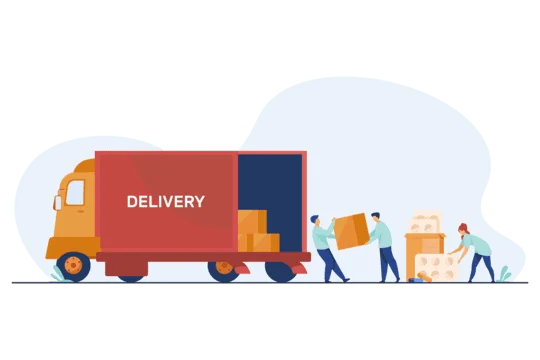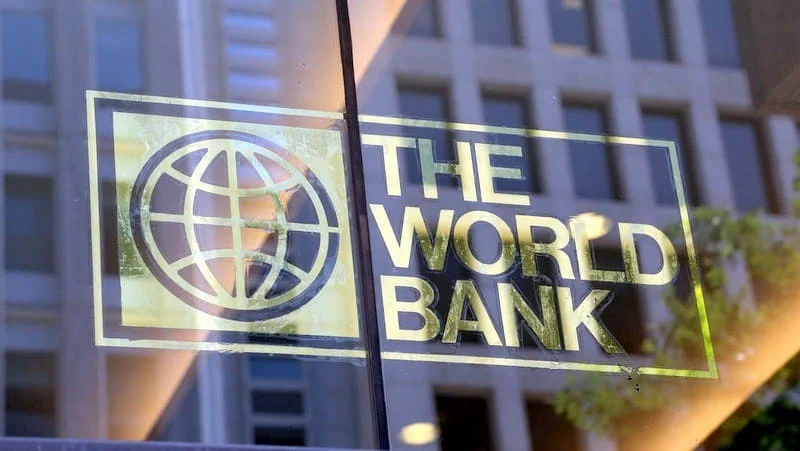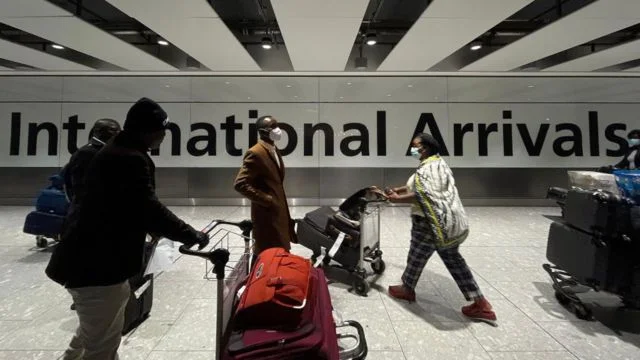Last-mile delivery refers to the final step in the logistics process, where goods are transported from a warehouse or hub to the customer’s doorstep. Although it is the shortest part of the delivery process, it is often the most complex and expensive. Efficient last-mile delivery is essential for businesses to meet customer expectations and maintain competitiveness. Let’s explore five common challenges and practical solutions to overcome them.
1. Traffic Congestion
Urban areas often face heavy traffic, making it difficult for delivery vehicles to arrive on time. Delays not only frustrate customers but also increase operational costs. Businesses can use route optimization software to plan faster delivery routes and avoid peak traffic times. Additionally, using bicycles or motorcycles for congested areas can help improve delivery speed.
2. High Delivery Costs
Last-mile delivery is expensive because drivers often deliver small orders to individual customers, which leads to increased fuel and labor costs. To cut costs, businesses can adopt crowdsourced delivery models, where independent drivers make deliveries. Another option is consolidated delivery, where multiple orders are grouped and sent together. Using local delivery partners also helps reduce costs.
3. Failed Delivery Attempts
Customers are not always available to receive their orders, leading to failed deliveries. This adds extra costs for businesses, as they must reattempt delivery. A good solution is to offer flexible delivery windows so customers can choose a suitable time. Businesses can also use parcel lockers or click-and-collect services, allowing customers to pick up their packages at a convenient time.
4. Rising Customer Expectations
In today’s competitive environment, customers expect fast and free delivery. Meeting these demands can strain business operations. Companies can improve their service by adopting same-day or next-day delivery for local areas. Using predictive technology to anticipate orders helps businesses meet tight delivery schedules. Transparent communication, such as real-time tracking updates, also builds trust and satisfaction.
5. Environmental Impact
Frequent deliveries result in higher carbon emissions, contributing to pollution. Businesses can minimize their environmental impact by switching to electric vehicles (EVs) or bicycles for delivery. They can also explore green delivery options, such as carbon-neutral shipping, and encourage customers to opt for eco-friendly delivery methods.
Efficient last-mile delivery requires innovative solutions to overcome these challenges. Businesses that address these issues improve customer satisfaction, reduce costs, and build sustainable operations.























